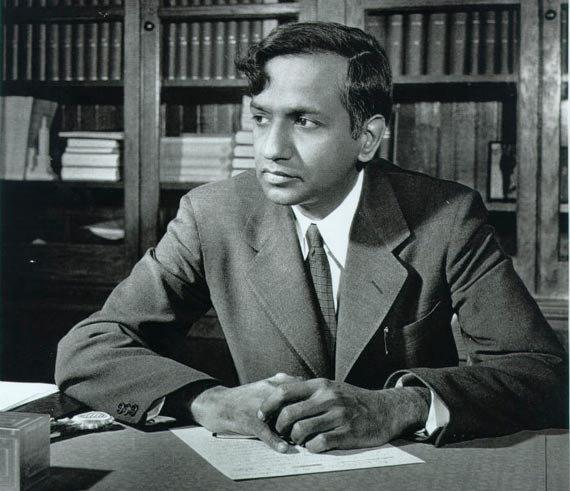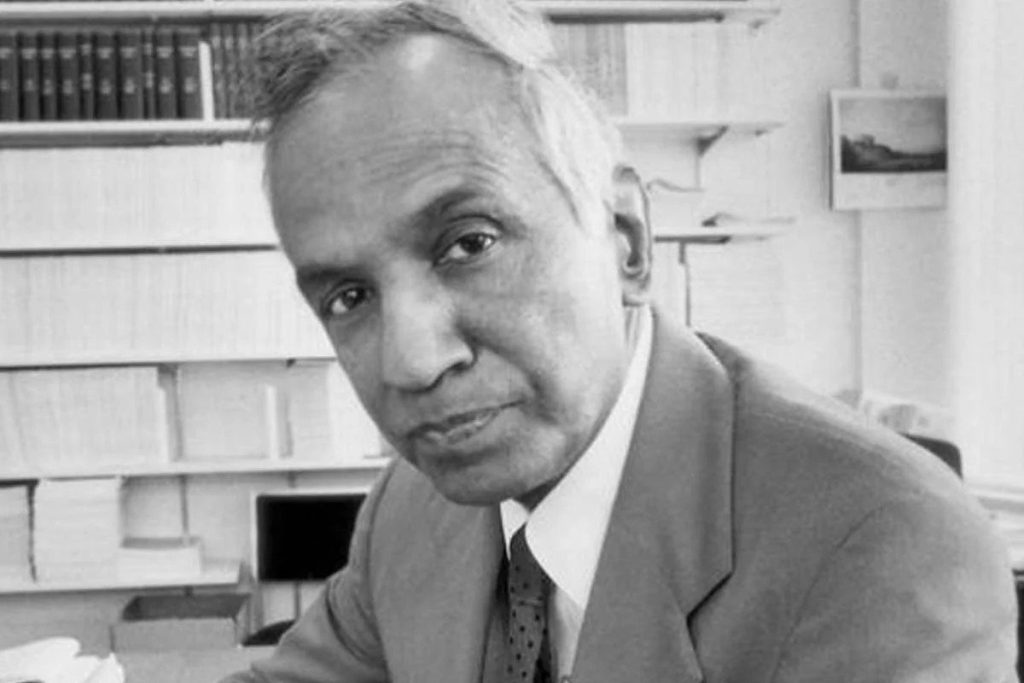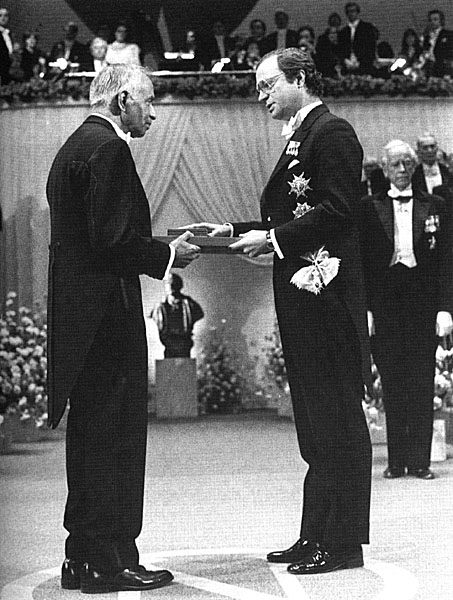(September 5, 2022) What was originally planned as a computer-generated graphic novel turned into a science fiction paperback in 1992 where author Neal Stephenson first introduced the word Metaverse. And now almost three decades later, the concept has caught up with the world so much that startups have started popping up in the space. Interestingly, the global metaverse market, which reached $47.69 billion in 2020, is expected to register $828.95 billion by 2028. And Indian startups are not far behind in playing a pivotal role in the metaverse space.
Global Indian turns the spotlight on a handful of such startups that are making a mark for themselves in the space.
OneRare
Food does have a language of its own and connects people like nothing else, and husband-wife-entrepreneur-duo Gaurav Gupta and Supreet Raju knew it was time to bring the F&B industry to Web3 with OneRare. It was during the lockdown that the couple decided to dip their toes into the world of food metaverse or ‘Foodverse’ by creating virtual experiences, food NFTs and games, and interactions with foodies from across the globe.
“Food is what connects us and the metaverse only brings us closer together in a unique way in which we can share our culture and our food. Now with the launch of the Foodverse, there is no reason why brands and consumers can’t come together in this safe, virtual setting,” Supreet said in a statement.

So how does it work? Designed like the real world, the Foodverse indicates geographical locations like forest, beaches and the lakeside, and one can explore the world at their own will. Moreover, it features zones where users can discover celebrity chefs, food brands and virtual restaurants, and can even claim dish NFTs by collecting ingredients and following recipes to mint exclusive NFT artworks. Interestingly, the dishes include global cuisines, festive specials, keto and vegan-friendly recipes, as well as signature recipes from celebrity chefs and restaurants. “As we grow, users will also be able to swap these NFTs for real meals and deals – amalgamating our real and virtual lives,” Raju said in a statement.
- Follow OneRare on Twitter
Wall.app
In 2021, when NFT market boomed and an increasing number of startups began innovating in the space, entrepreneurs Anuj Kodam and Amarnath JV felt that something was amiss. Despite the hullabaloo, they couldn’t find any reliable platforms that provided easy access to trends, analytics and on-chain data in the NFT market. That’s when the idea of Wall App germinated, which helps users discover and stay up-to-date with new NFT projects.
On Wall.app, users can look at NFT data on Ethereum in terms of volumes, price action, the number of sales, track leading NFT collections, get details on specific whale wallets that move markets, big sweeps in the sector, and other highlights,” Anuj told The Decrypting Story in an interview.
For Anuj, things started to shift when he stumbled upon Web3 in 2017 after he quit his job at Ola, and started spending time playing poker professionally. It was then that he realised the similarities between the lack of transparency in online poker platforms and lack of information on blockchain assets. That’s when he met Amarnath and started working on Wall.app.
- Follow Wall.app on Twitter
NextMeet
At a time when isolation and UI fatigue due to remote working was taking a toll on people, Hyderabad-based Pushpak Kypuram decided to shake things up with Next Meet – India’s first avatar-based immersive platform that enables virtual conferencing and networking in a 3D environment. In October 2020, he started incorporating interactive environments, spatial audio and 3D avatars to facilitate UI within its diversified ecosystem.
Events in the Metaverse are a synonym to
1) Saving Costs
2) Highly Immersive
3) Global Presence
4) FlexibilityDownload the app now!https://t.co/QPN9yoSYKe
#thefuture #virtualengagement #nextmeet #web3 #immersive #virtualreality pic.twitter.com/5CAMTx94TE— NextMeet (@NextMeet_Live) August 29, 2022
“I endorse virtual realities wherever possible. If one could get splendid views of the Himalayan mountain ranges and the next minute, don an avatar to walk in and out of an office, meet in a huddle room and even indulge in the proverbial water cooler talk – all virtually, then why not?,” Pushpak told International Institute of Information Technology.
- Follow Next Meet on Twitter
LOKA
Fancy a multiplayer gamified virtual metaverse? Then LOKA is your answer – India’s first multiplayer gamified virtual metaverse based on 3D maps of real-world cities and locations where players can participate in live and concurrent experiences. Founded in 2020 by Krishnan Sunderarajan, LOKA provides gaming experiences that are powered by third-party apps – which means one can visit a theatre in the game and watch the latest movies on the Netflix app or attend yoga classes via the Cult Fit app or order pizza which will be delivered to your actual address via Zomato.
Additionally, the platform also boasts of elements like ambience, background noise and non-player characters.
- Follow LOKA on Twitter



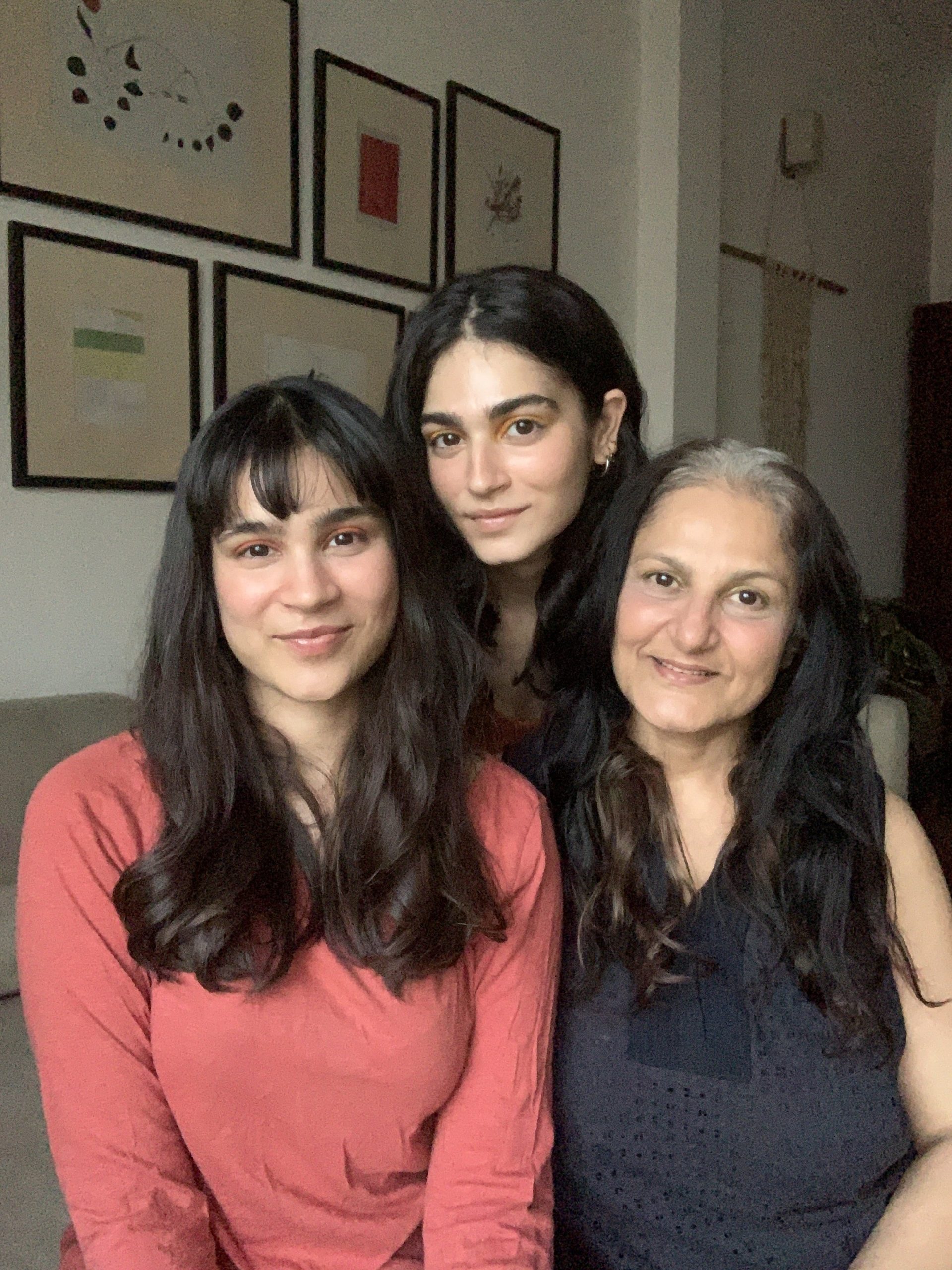 Khyati with her mother and sister, Kavya[/caption]
Khyati with her mother and sister, Kavya[/caption] Khyati's art, Are Viruses Alive, for New York Times[/caption]
Khyati's art, Are Viruses Alive, for New York Times[/caption]
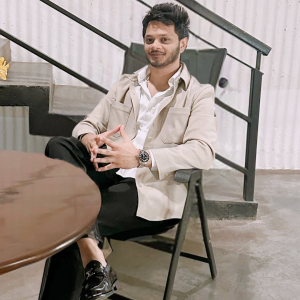 Sumukh Tallam[/caption]
Sumukh Tallam[/caption] Maya[/caption]
Maya[/caption]

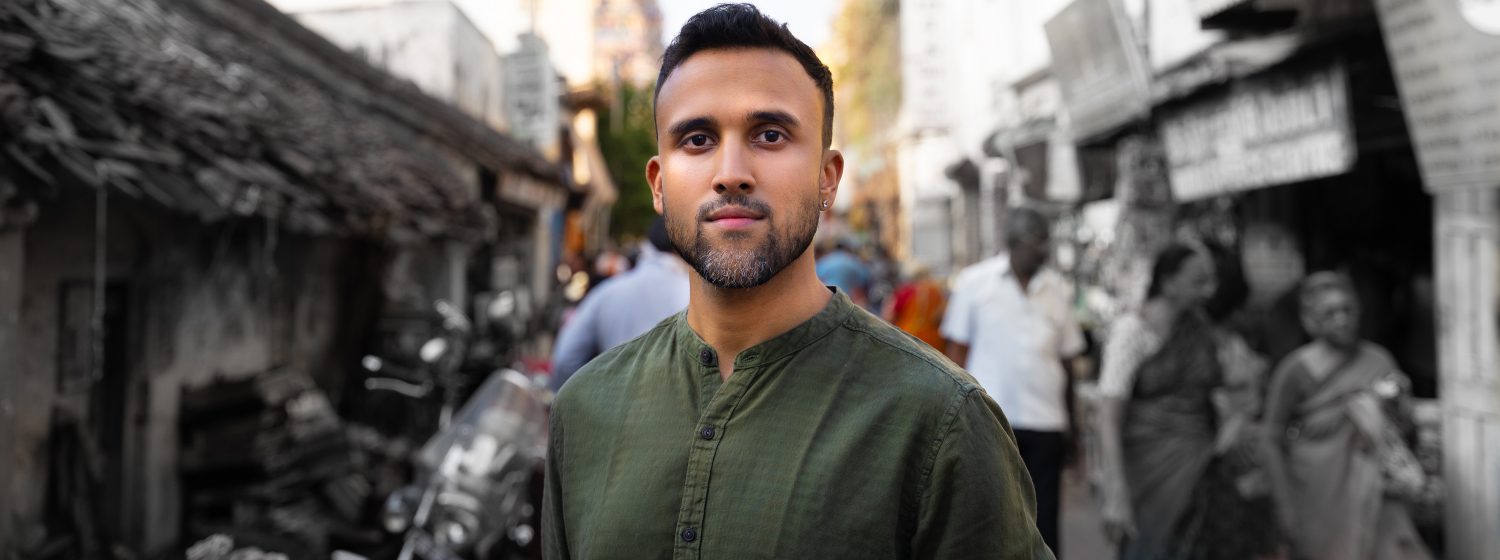 Aditya Prakash[/caption]
Aditya Prakash[/caption]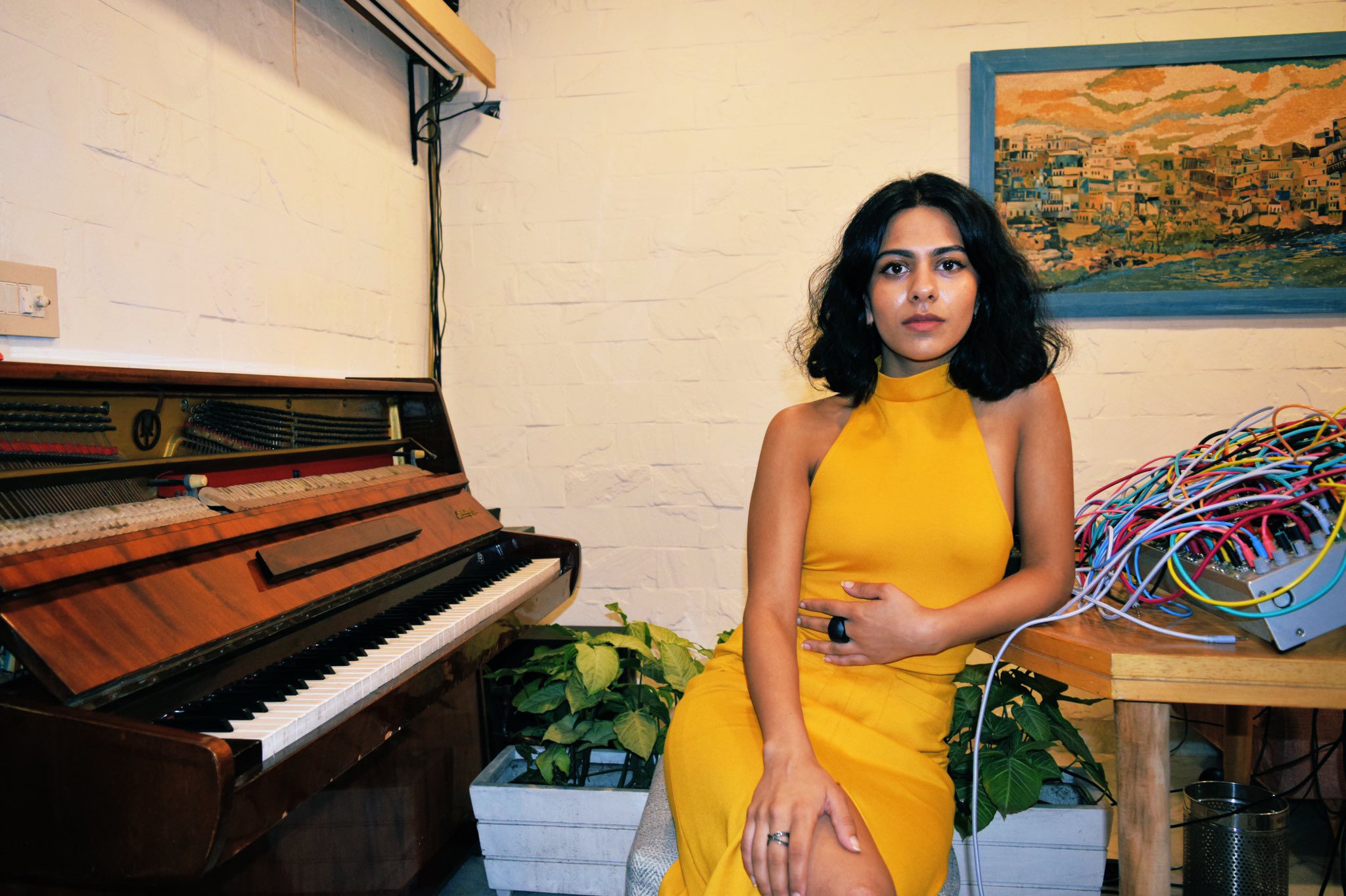 Arushi Jain[/caption]
Arushi Jain[/caption]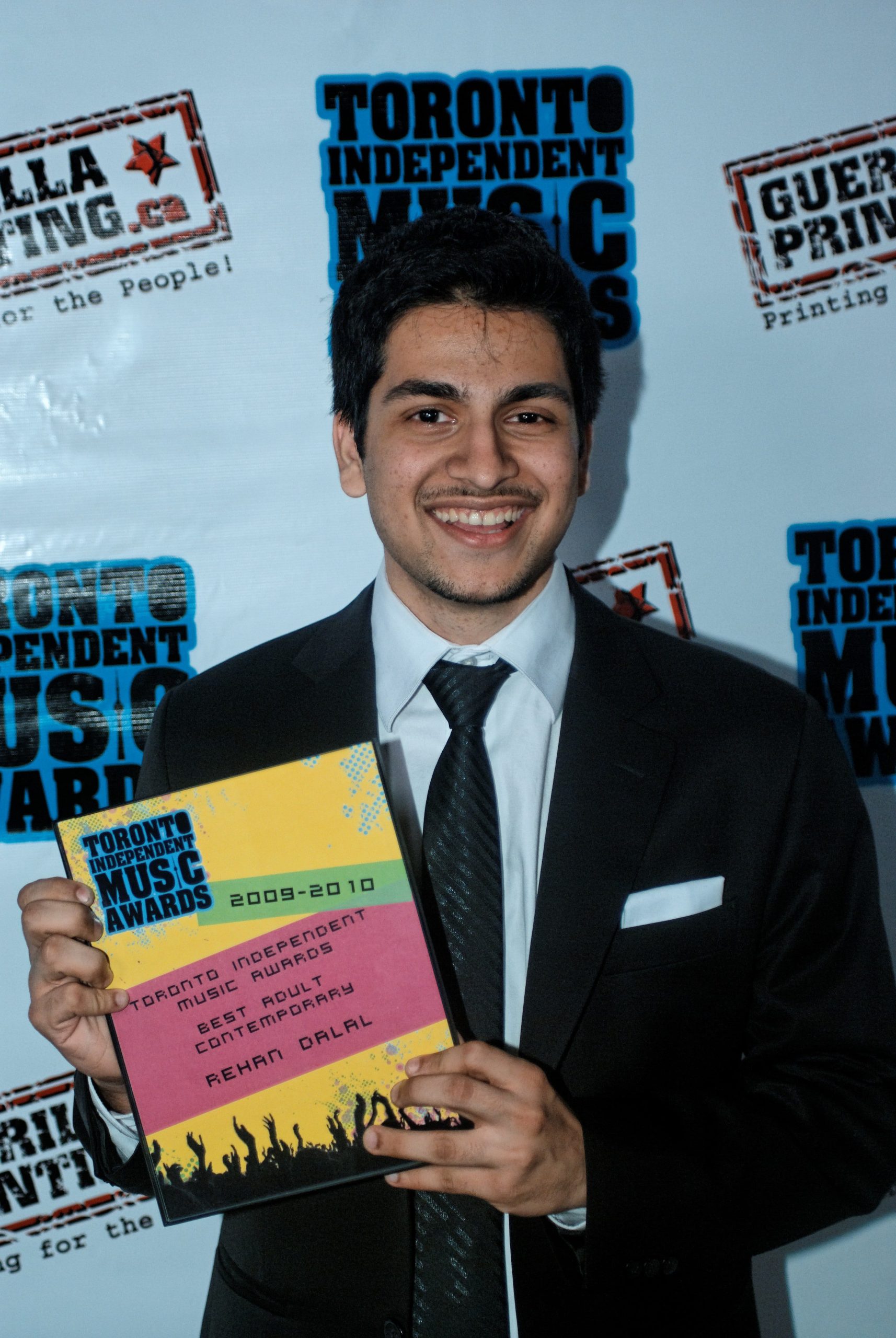 Rehan Dalal[/caption]
Rehan Dalal[/caption]
 Plastic is an environmental hazard[/caption]
Plastic is an environmental hazard[/caption]
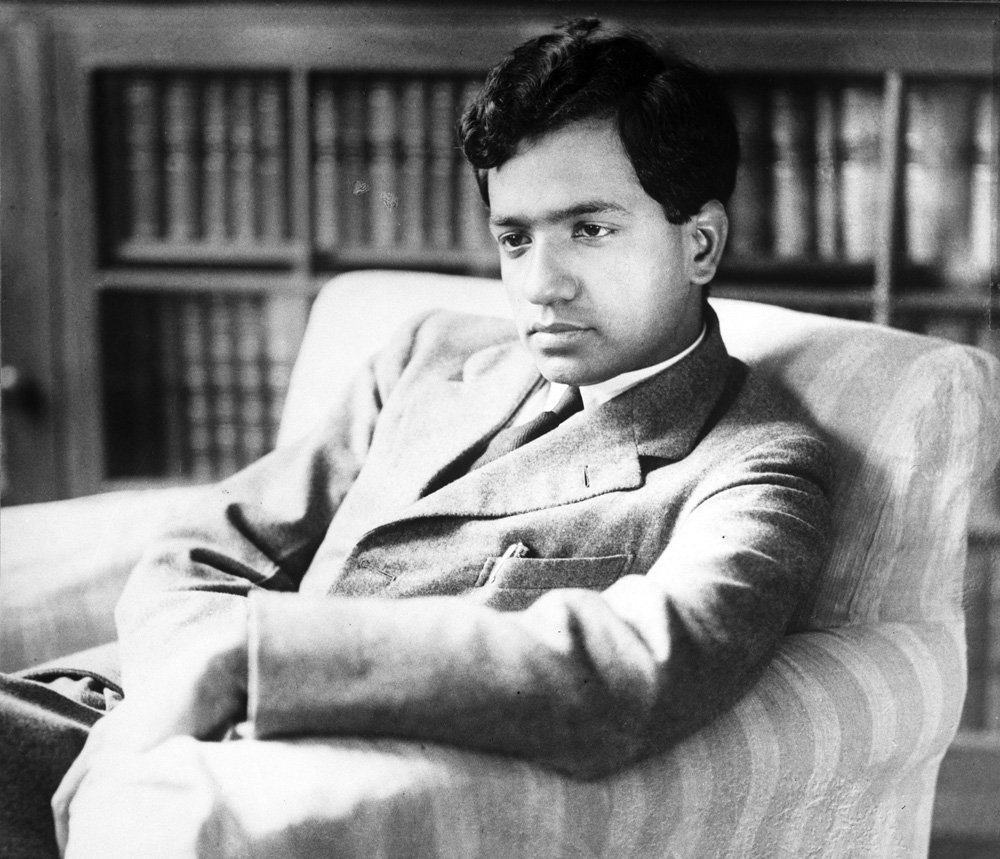 Subrahmanyan Chandrasekhar[/caption]
Subrahmanyan Chandrasekhar[/caption]